Samsung Galaxy Note 3 Review
by Brian Klug on October 1, 2013 9:00 AM EST- Posted in
- Smartphones
- Samsung
- Mobile
- Android 4.3
- galaxy note 3
S-Pen
I was a tablet user for just over 4 years, but when I mean tablet I mean the old school kind with an active digitizer and Windows, before the age of capacitive multitouch everywhere. With the original Note, I was excited to see active digitizer finally represented again in a mobile device, complete with all the hover and pressure features that come with it. I still find it impossible to use styli on capacitive panels since they lack the resolution and fidelity for the kind of writing I used to do.
With the Note 3, neither quality of the digitizer nor the S-Pen formula change, and that’s a good thing. It’s still the same pen, and from what I can tell, still the same sensitivity and hover distance, and still Wacom based as well. I’m not going to go super in-depth with S-Pen since by this time it should be something readers are familiar with since we’re on the third iteration of Note (and multiple tablets) with the pen.
The Note 3 stows the pen inside itself in basically the same spot as its predecessors, and has the same pen-removal detection and single button on the pen itself. I have no complaints with how it feels or my ability to hold it and write on the screen, and the Note continues to do wrist rejection very well so you can rest your hand on it for making fine grained drawings with a bit of added support.
Perhaps the biggest single improvement with the Note 3 from the perspective of the pen is that it now triggers the menu and back capacitive buttons on the front of the Note 3. I found it confusing on the Note 2 and Note that with the pen out I had to switch between this weird finger and pen modality, rather than be able to accomplish everything with either appendage. With the Note 3, it’s now possible to do just that – it sounds crazy but that single change is the biggest thing that made me instantly happy with the Note 3 the second I pulled the pen out, just being able to hit menu and back with the stylus and have it actually work finally.
With the Note 2 I started to feel like the features that surrounded the pen were getting overwhelming, and I wasn’t sure what feature I should be using at a given time. There’s definitely feature creep each generation as things get added but never really removed, with the Note 3 Samsung does a great job mitigating most of this by surfacing what they believe are the standout features of the S-Pen experience in a popup dialog with a ringed interface and shortcuts to functions. Previously removing the pen would jump you to a special homepage with relevant links if you were on a homepage. Instead if you pull the pen out, this new overlay appears. The overlay makes a lot more sense and has helped me use the pen a lot more than I did previously.
I remember joking with another reviewer that I suspected a large number of Note owners used the pen once, put it back, and never really bothered or understood it after that, and instead were just after the Note for its large display. That sort of mirrored my own use with the Note previously since I’m not artistically inclined or sitting in lectures writing down equations and graphs and diagrams as fast as I possibly can anymore (though soon that hopefully will return with grad school). With the Note 3 and this new interface also shared with the Note 10.1 2014 edition I’m using the pen a lot more since it’s a reminder of what’s really handy.
The ring switcher has shortcuts to action memo, scrap booker, screen write, s finder, and pen window. You can also get to this switcher by hovering and pressing the button on the pen.
Action memo pops up a sticky note that you can immediately start writing on, and it’s the most useful honestly. These notes can then be transcribed on the fly and used to either create contacts or events or look at a location in google maps. The idea is that you’d quickly jot down a phone number and name, or an address, and then be able to act quickly on them or save it for later. I find this works surprisingly well. Samsung says their handwriting transcription engine is also even more accurate this generation, but I don’t have specifics.
Scrap booker lets you grab content displayed on the screen and store it for later, this seems to also parse what’s in a view and intelligently take metadata along with it, for example web pages, YouTube videos, and maps will all get pulled along.
Screen write is a perpetual favorite, it takes a screenshot that you can then annotate or draw on top of. Handy and useful if you need to send something with a pithy remark or drawing to someone either for work or play.
S-Finder is a universal search function that parses through all your notes and memos and writing for a string entered in the search bar. Samsung is always transcribing notes so they’re searchable, this surfaces everything including those hand written notes. I’m reminded of how OneNote search worked, very useful if you’re taking a lot of notes.
Pen window is like a new version of multi window, except instead of snappable windows it’s a viewport of arbitrary size matching roughly what you draw on screen. In practice though the windows are the same aspect ratio as the display (16:9) just whatever rough size you’ve drawn the square and scaled to fit. Samsung continues to try and solve the multi-window problem and admittedly does a novel job here given the constraints of the Android platform. Not every app can be put in one of these smaller windows, rather a subset of the multi window applications.
S Note and the other applications that I remember being present on the Note 2 are still around, as well, it’s just this smaller subset that’s exposed and promoted through the ring switcher. Of course you can also disable the action switcher menu and have pen detachment launch action memo or do nothing at all.
I think S Pen is novel, and what’s important to me works well (the equation parsing engine is supposedly even better and worked with what I fed it), I’m just more sold on the Note as a platform because of screen size than I am note taking. Although the Note 3 doesn’t have the killer third party app attention that draw something had with the original Note, there is Snapchat and a variety of others though that might make the S-Pen a very attractive thing for people looking at the Note for something beyond note taking.


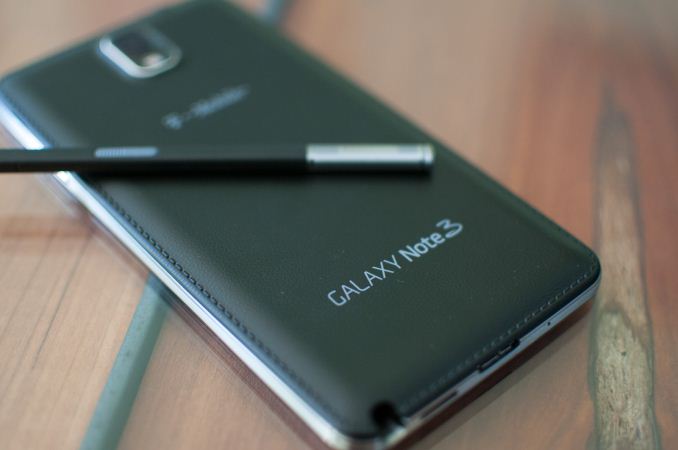

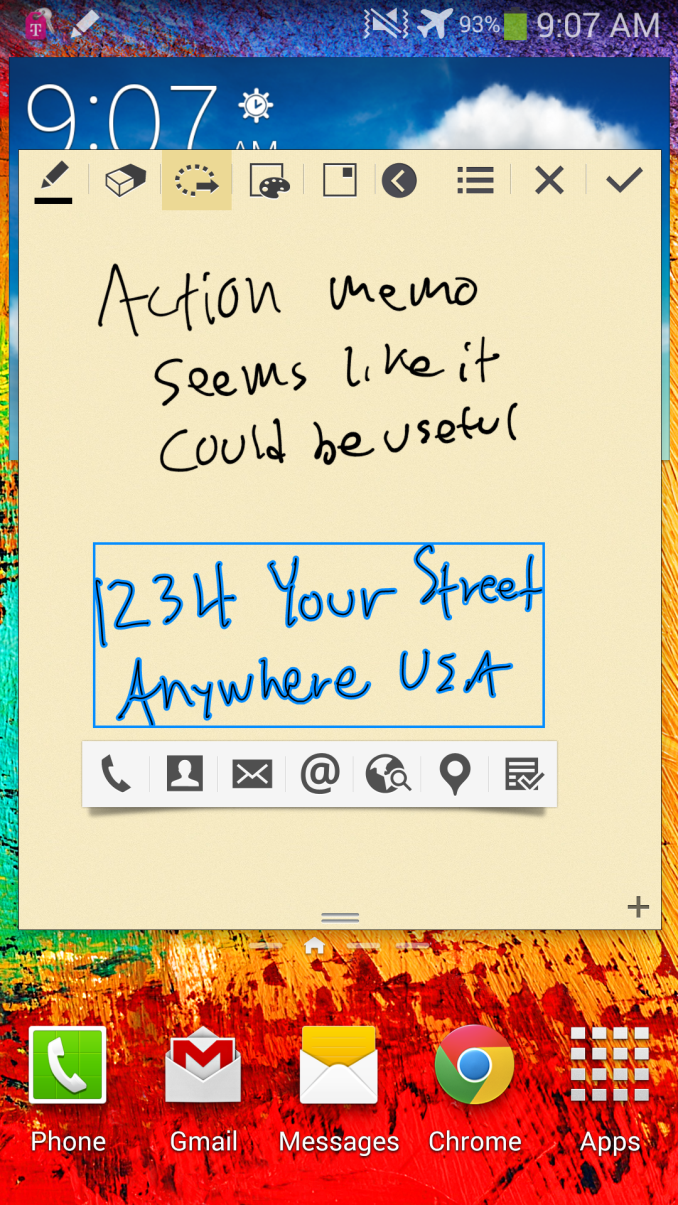

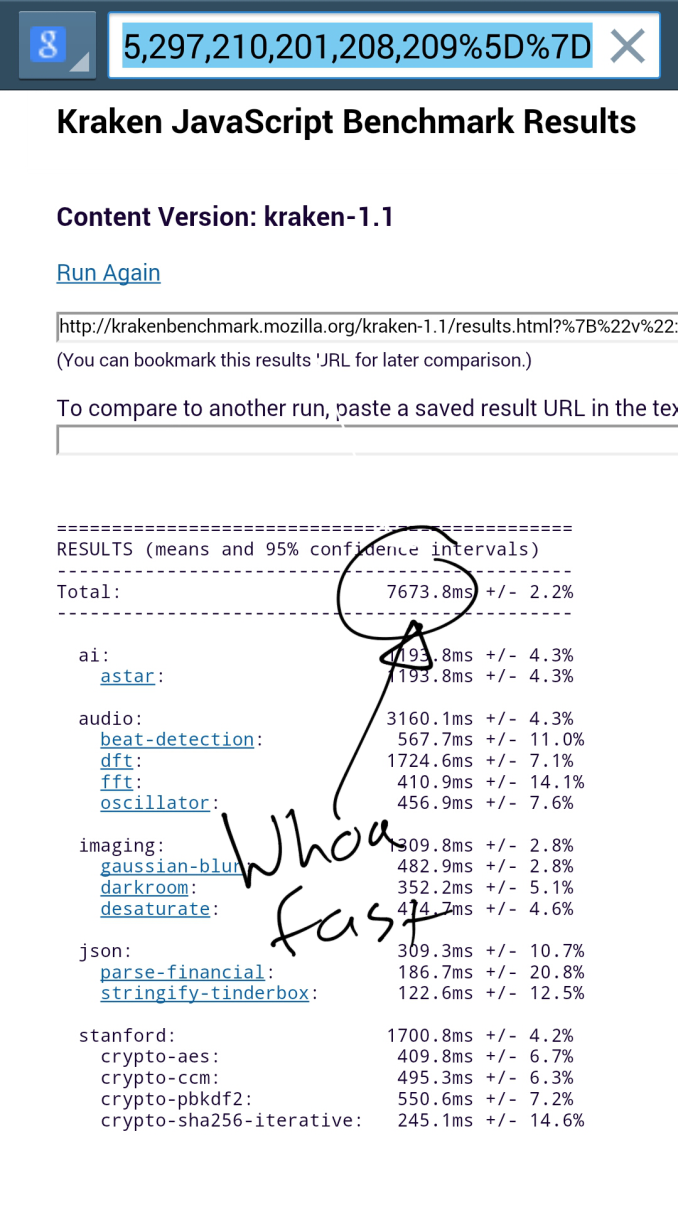
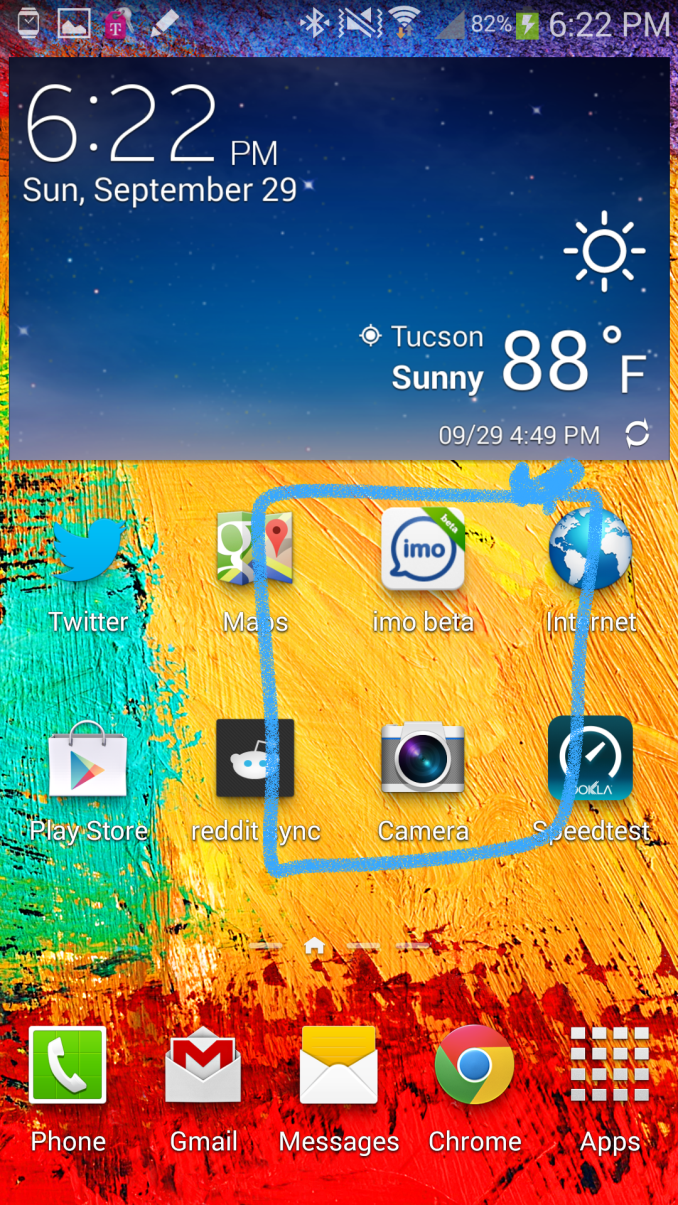
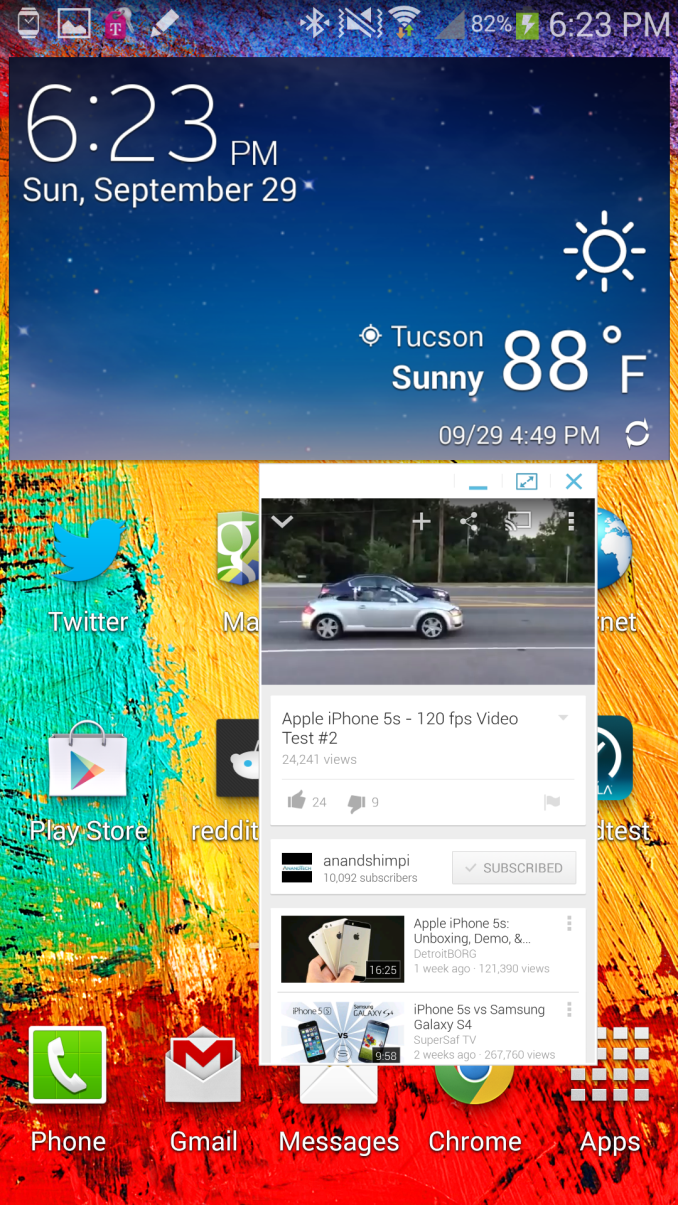
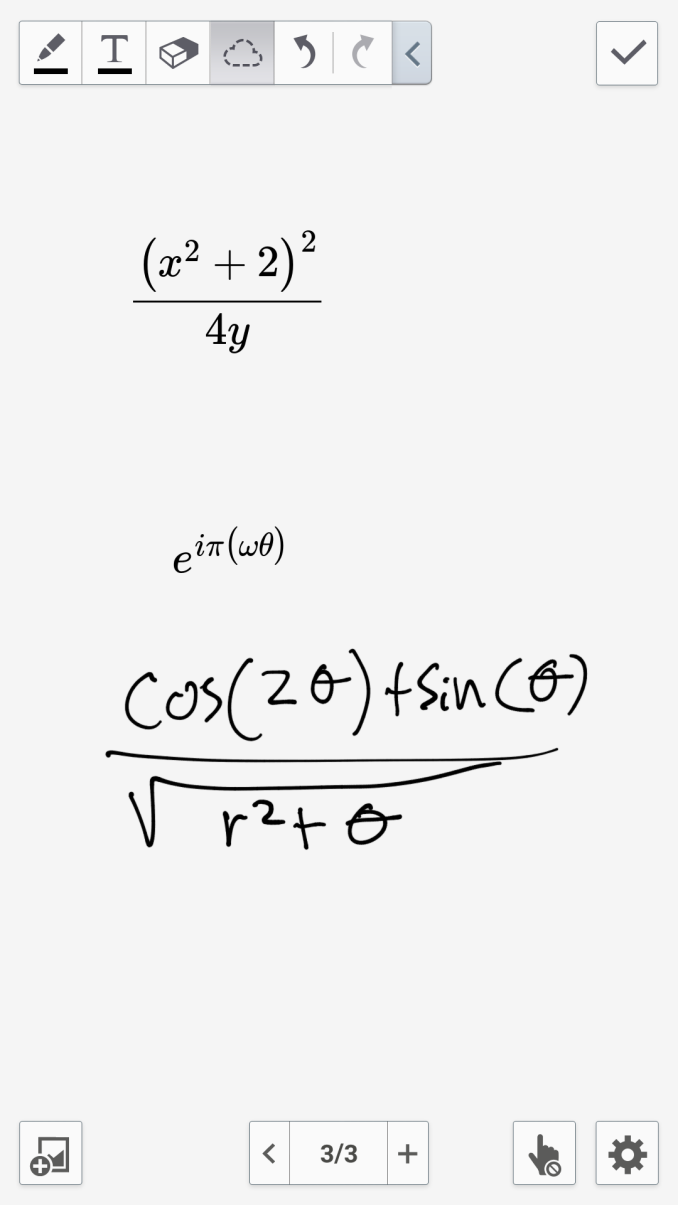
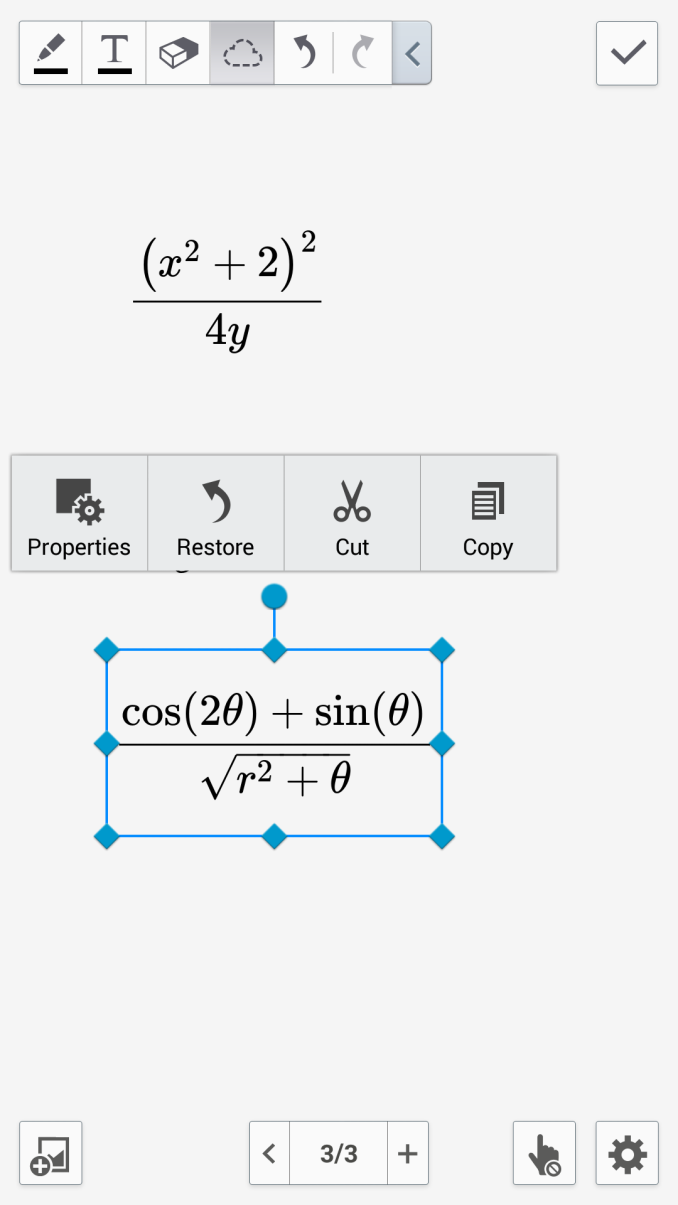








302 Comments
View All Comments
kmmatney - Tuesday, October 1, 2013 - link
The 5s has iOS, and some of us simply prefer it over Android. I've used both and have both Jailbroken iOS devices and rooted Android devices. I prefer iOS for devices I use the most, like my phone. Although a larger screen is nice, I'm not sure it's enough to get me to buy it over a 5S. I still have another 3-4 weeks to decide before I can upgrade. SD card, the pen, and removable battery don't matter and I won't use them, so it's really just screen size vs iOS for me.dugbug - Wednesday, October 2, 2013 - link
Oh please. Apple more than deserves reviews, as do the new intel chips. As does Android. The intense interest around the A7 was that it gets that performance at significantly lower clock rates. It is a vastly better chip, and fits the smaller handheld where battery space is a premium.What, are you guys begging for more power supply reviews?
steven75 - Wednesday, October 2, 2013 - link
It can do everything except fit comfortably in your pocket while walking, sitting down, climbing stairs, etc. I wouldn't carry an iPad Mini around with me for the same reason.Spunjji - Tuesday, October 8, 2013 - link
As a Note 2 owner, I do all of those things with my phone in my jeans pocket. Regular fit. The Note phones are significantly smaller than the iPad Mini. Thus yur argument is invalid. Now if you'd said kneeling down...ddriver - Tuesday, October 1, 2013 - link
No test of black levels and contrast ratio? Whyananduser - Tuesday, October 1, 2013 - link
AMOLED provides the perfect black(I'm personally always impressed by it every time). Everyone knows that by now and perhaps Anandtech reckoned it's pointless providing a chart with no bar next to the Note3.ddriver - Tuesday, October 1, 2013 - link
White levels are good on the iphone - they are included in the review. Black levels are inferior on the iphone - no need to include those in the review...Not to mention once again not a single native and multi-threaded CPU bench compares the note 3 to the 5s, probably because it will reveal the note 3 significantly faster than the 5s, which won't sit well with the "myth" about its performance apple PR created and websites like anand helped reinforce.
Come on anand...
Anand Lal Shimpi - Tuesday, October 1, 2013 - link
We've never included black levels for AMOLED phones as you're not actually measuring anything. We also obviously can't do contrast ratio thanks to the whole division by zero thing.ddriver - Tuesday, October 1, 2013 - link
There are still ambient factors, screen material properties and whatnot, even on amoled the black is not a perfect black and therefore contrast won't be infinite.ddriver - Tuesday, October 1, 2013 - link
I mean, just because a "black pixel" on amoled devices is not emitting light, it still has its physical properties and still reflects light, I doubt there will be exactly ZERO photos coming out of a black amoled screen. So, contrast ratio and black levels are still determinable.